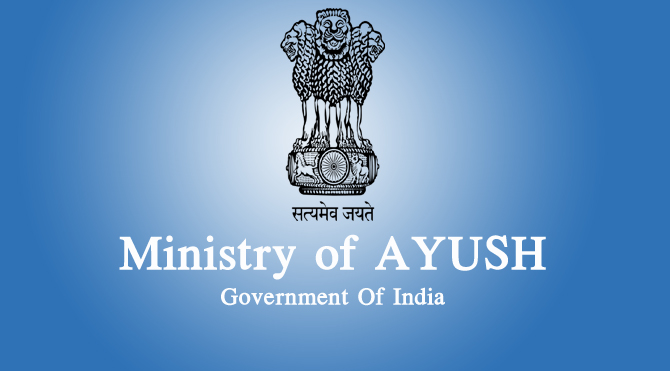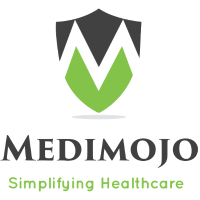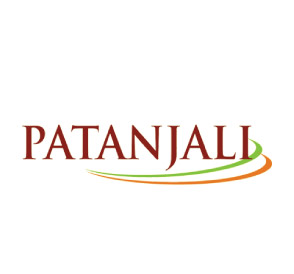
Says Meeta Rajivlochan, Secretary, Department of Public Health, Government of Maharashtra in conversation with Rachita Jha, ENN, as she talks about the state governments effort to introduce quality standards in close to 400 hospitals, both in the public and private sector, which have been empanelled under the Rajiv Gandhi Jeevandayee Arogya Yojna
Please help us with the genesis of the concept of introduction of quality standards for hospitals in Maharashtra.

We are the first state in the country to launch such comprehensive end- to-end quality standards that are also built-in with our health insurance scheme called the Rajiv Gandhi Jeevandayee Arogya Yojana.
It was our quest for improvement in patient care services that got us started on the issuance of quality standards in Maharashtra. The objective of these standards is to see that patients get adequate information about their own treatment plans and about pricing and also that hospitals follow standard operating protocols and provide a high quality of service.
These standards were issued last year and since then we have trained more than 300 people from various hospitals. We believe that it is possible to have low cost healthcare without compromising on the quality of care. The essence of quality in healthcare is maintenance of patient care records and improving hospital- processes. What is needed is an atti- tude which says quality is important.
We decided to lay down certain Standard Operating Procedures (SOPs) that restore the faith of the patients in healthcare systems, encourage physicians to follow good clinical practices and provide templates for hospitals to bring-in efficiencies by making documentation a practice. The introduction of quality standards is a low cost intervention for the government wherein simple operational lacunae can be addressed and the outcomes will be much better for all the stakeholders in the community “ be it physicians, administrators and patients at large in Maharashtra. We have tried to summarise best practices in medicine and to incorporate these in the standards. We believe that hospitals are willing to improve and the response has been very encouraging.
“We have tried to summarise best practices in medicine and to incorporate these in the standards. We believe that hospitals are willing to improve and the response has been very encouraging”
Tell us more on some of the key aspects of the Quality Standards.
There are nine different chapters in these standards: Human Resources, Facilities Management, Infection Con- trol, Monitoring Medication, Patient Medical Records, Standard Operating Protocols, Quality in Patient Care, Transparency in Pricing and Patient Satisfaction Indices. For instance we have mentioned that for a 50 bed hospital it is mandatory to have two doctors per shift and the nurse pa- tient ratio should be 1:1 for ventilated beds and 1:3 for non-ventilated beds. It is mandatory to have ambulance services for all hospitals whether in house or on call. ICU should have life saving equipments such as ventilator, defibrillator and pulse oxymeter and all equipments should be in working condition. We have also mentioned that it is necessary to have uninterrupted power and water supply at least in critical areas such as ICU, OT and labour ward. We have also emphasized on infection control parameters that include maintenance of a central registry for hospital acquired infections and ventilator associated pneumonias. This would facilitate hospitals in taking corrective action. Then our medication monitoring standards makes it mandatory for hospitals to have storage of medicines with FDA approval. It is important that we track and document patients at the hospitals to get information and intelligence on the disease and treatment patterns, so we have made it mandatory for every patient to have a unique ID which must be recorded on all patient documents.

Please share the details on the SOP guidelines for Standard Operating Protocols (SOPs) and Patient Care specifically by the state government.
The SOPs should be developed for admission and discharge, medicine storage and dispensing, OT work flow, ICU admissions, the discharge process, emergency services, laboratory services and radio-diagnostic services. The use of such SOPs would go a long way to improving services in casualty and patient service in general. In terms of quality of patient care, the indicators include use of surgical safety check- lists, documentation of post-operative complications, preanesthesia check conducted before surgery to give some examples.
The list also prescribes the documentation of average door-to-needle or door-to-balloon time in treating heart attack patients in an effort to improve outcomes.
The left internal mammary artery graft is a standard indicator for heart surgery and we encourage hospitals to record the incidence of such grafts. We have a separate set of standards for patient satisfaction that detail on appointment scheduling, informed consent before surgery or a procedure. We encourage hospitals to provide a feedback form to patients at the time of discharge in the local language, as many times the patients are not well versed with English. We have also made it mandatory to have a citizens charter, suggestion box under the indices.
“The audits of hospitals have already started showing results and many hospitals have improved their infrastructure and overall score of their hospitals”
Tell us more on the success of Rajiv Gandhi Jeevandayee Arogya Yojana- a unique initiative by the state.
We have empanelled hospitals under the scheme in September last year, and conducted the first round of basic audit in November last year. The scheme has been successful in reaching out to patients and offering them services at a low cost. The majority of feedback received is very positive. However, there have been some complaints of hospital administration not being prompt in addressing the patients needs and charging money for services that are expected to be completely cashless.
We have a call center for recording all such grievances which are then communicated to the hospitals and our efforts have been to see that the grievances are redressed at the earliest possible. The Patient Satisfaction Indices that we have introduced and Transparency in pricing standards encourage hospitals to improve services so that such complaints could be reduced. The audits of hospitals have already started showing results and many hospitals have improved their infrastructure and overall score of their hospitals.
Be a part of Elets Collaborative Initiatives. Join Us for Upcoming Events and explore business opportunities. Like us on Facebook , connect with us on LinkedIn and follow us on Twitter , Instagram.














